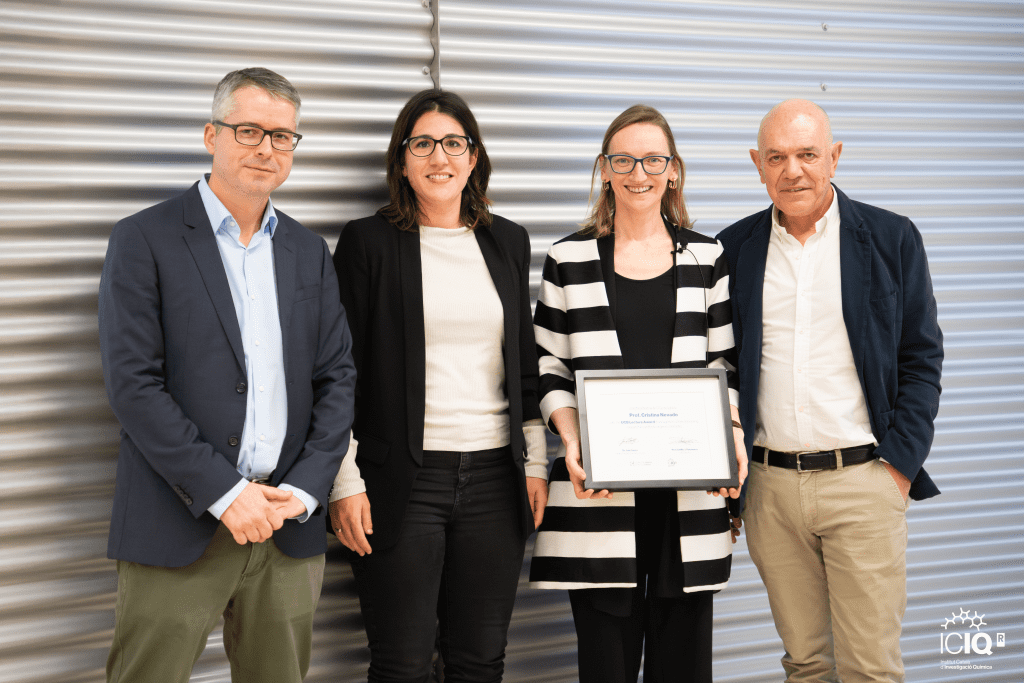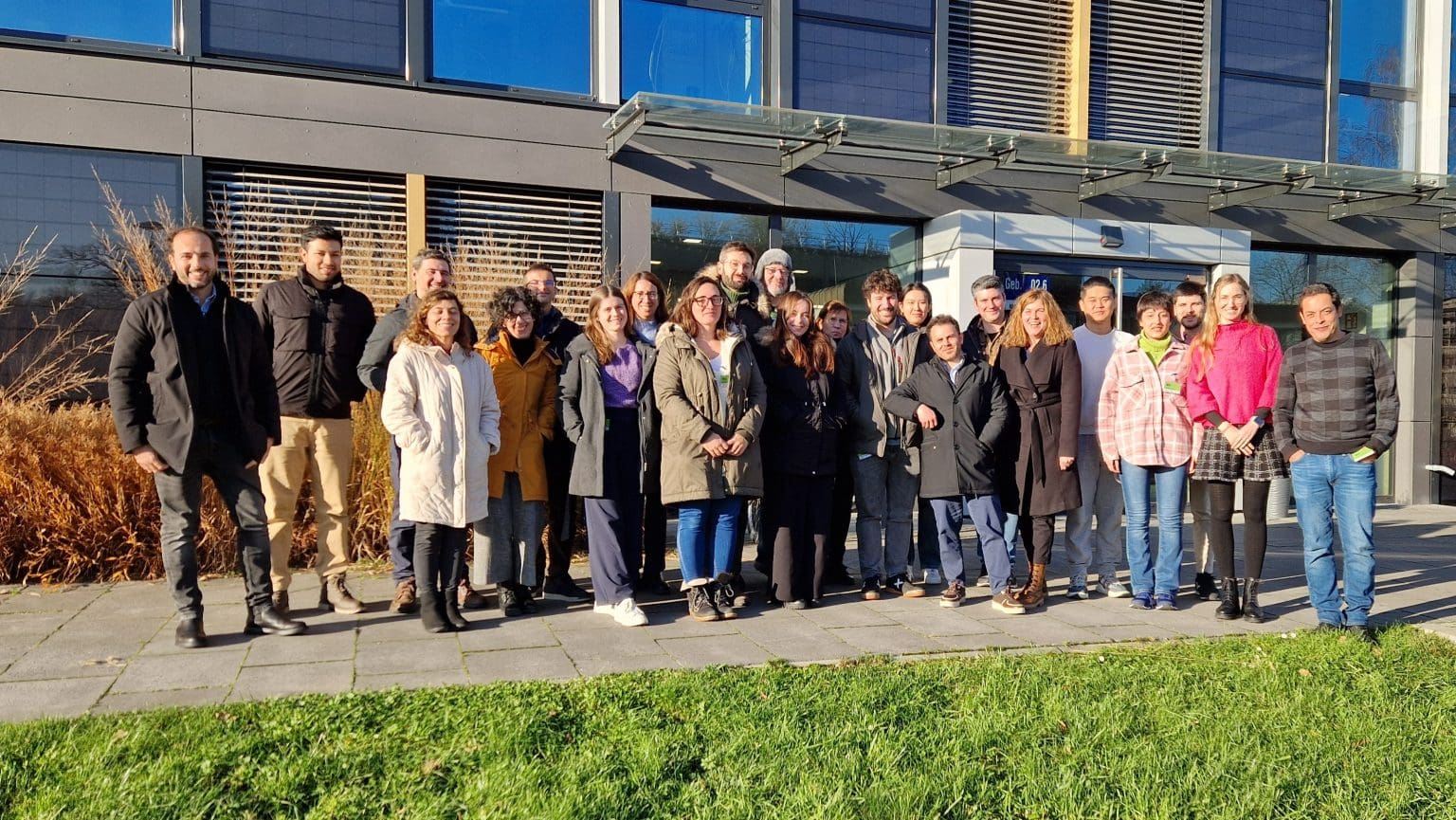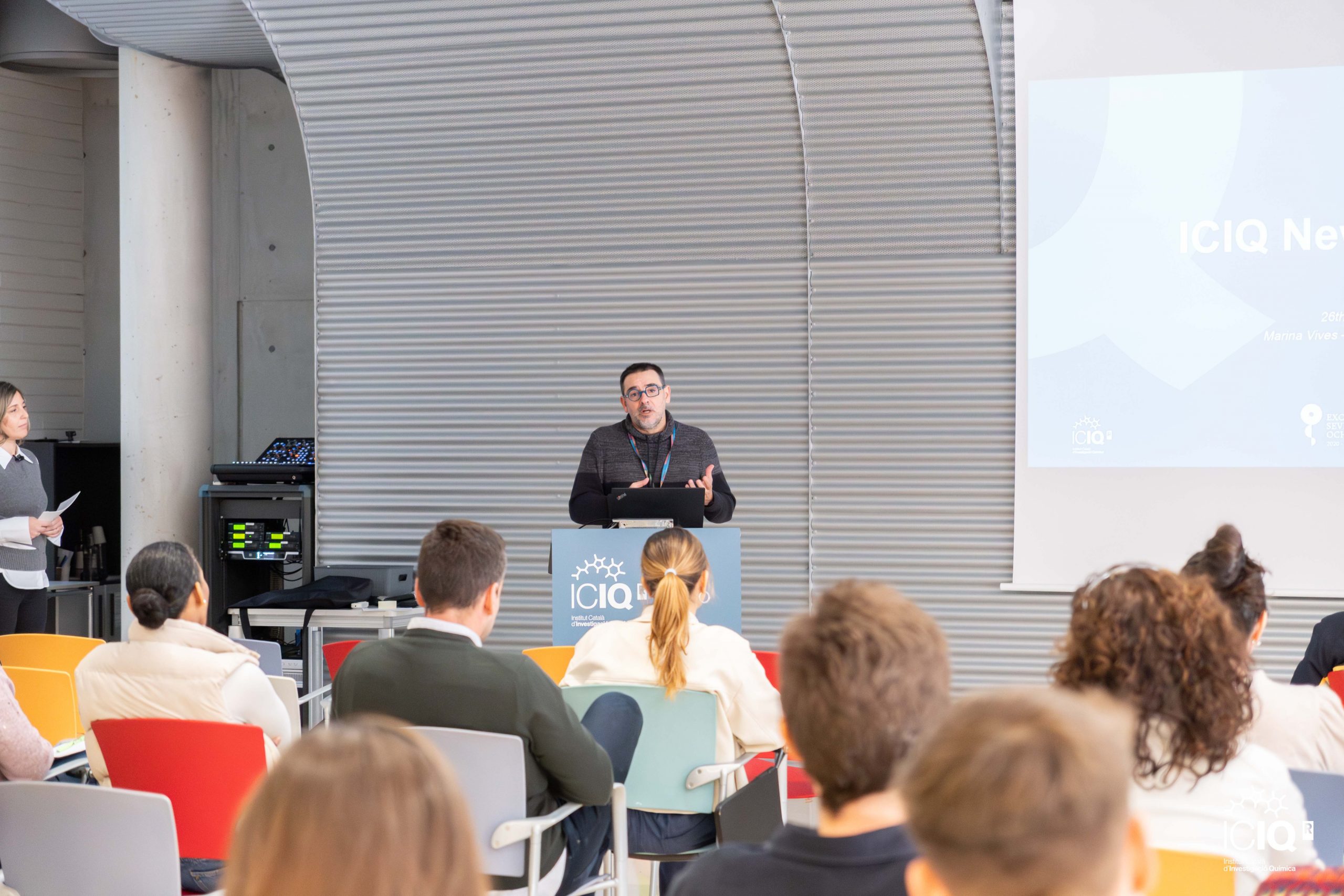More efficient dye-sensitized solar cells on the cover of Energy & Environmental Science
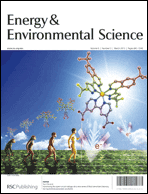 Emilio Palomares and John Clifford are part of this international collaboration devoted to the improvement of the current dye-sensitized solar cells (DSC) that is highlighted in the cover of Energy & Environmental Science.
Emilio Palomares and John Clifford are part of this international collaboration devoted to the improvement of the current dye-sensitized solar cells (DSC) that is highlighted in the cover of Energy & Environmental Science.
The paper describes the design of a new class of Ru (II) sensitizers with additional aromatic substituents, isoquinolinyl groups, their thorough study and characterisation.
The authors show that the extended Π-conjugation introduced by the quinolinyl and isoquinolinyl groups improves the light-harvesting capabilities and enhace the short circuit current of DSCs.
Moreover, the addition of t-butyl substituents to these structures results in longer device electron lifetimes, thus improving their stability: They retain more than 95% of their initial efficiency after 1000 hours of performance.
In summary, the new DSCs show superior performance than similar solar cells previously described, what makes them very promising devices for future comercial applications.
Related news

Let's create a brighter future
Join our team to work with renowned researchers, tackle groundbreaking
projects and contribute to meaningful scientific advancements





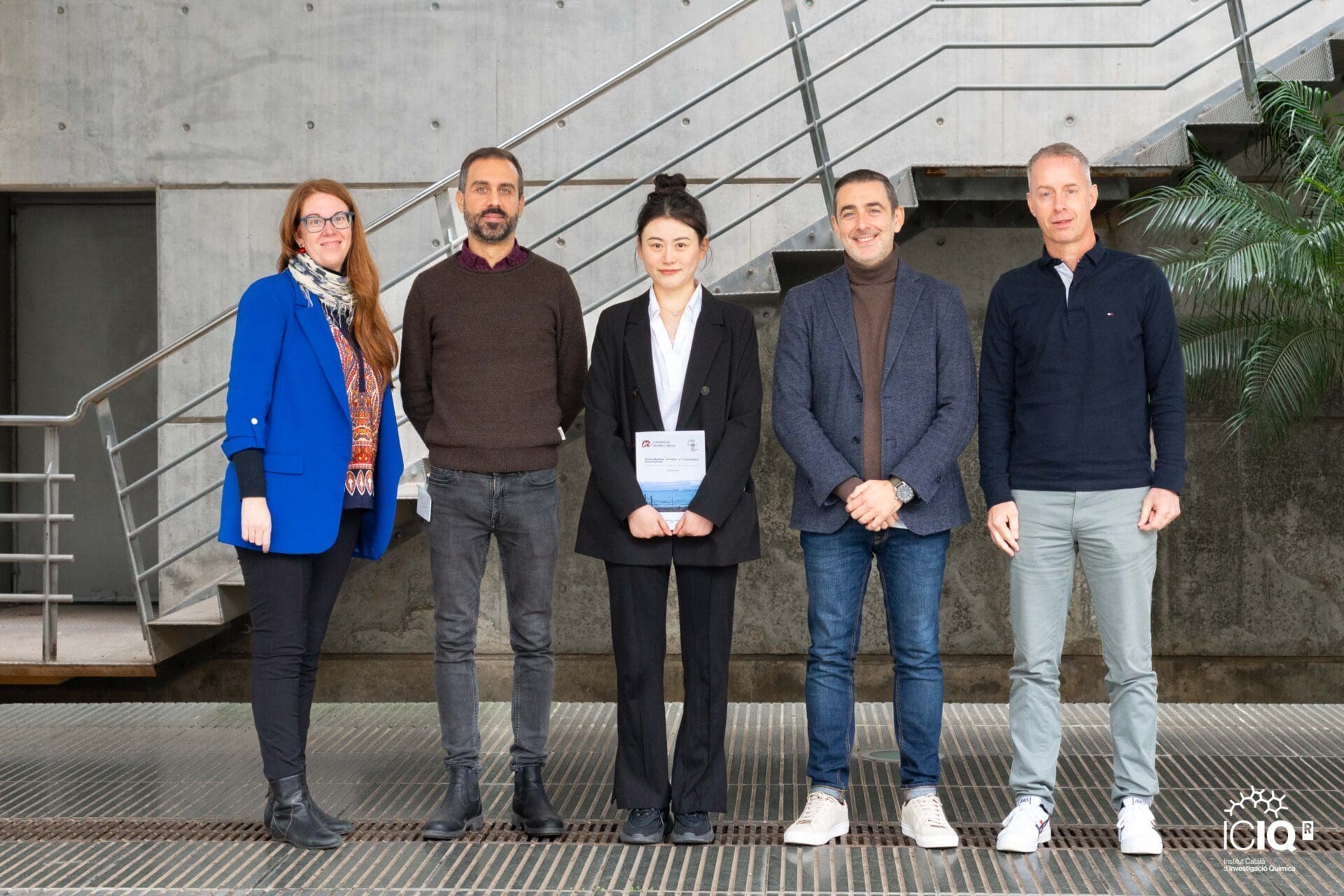
 11-12-2024
11-12-2024 
